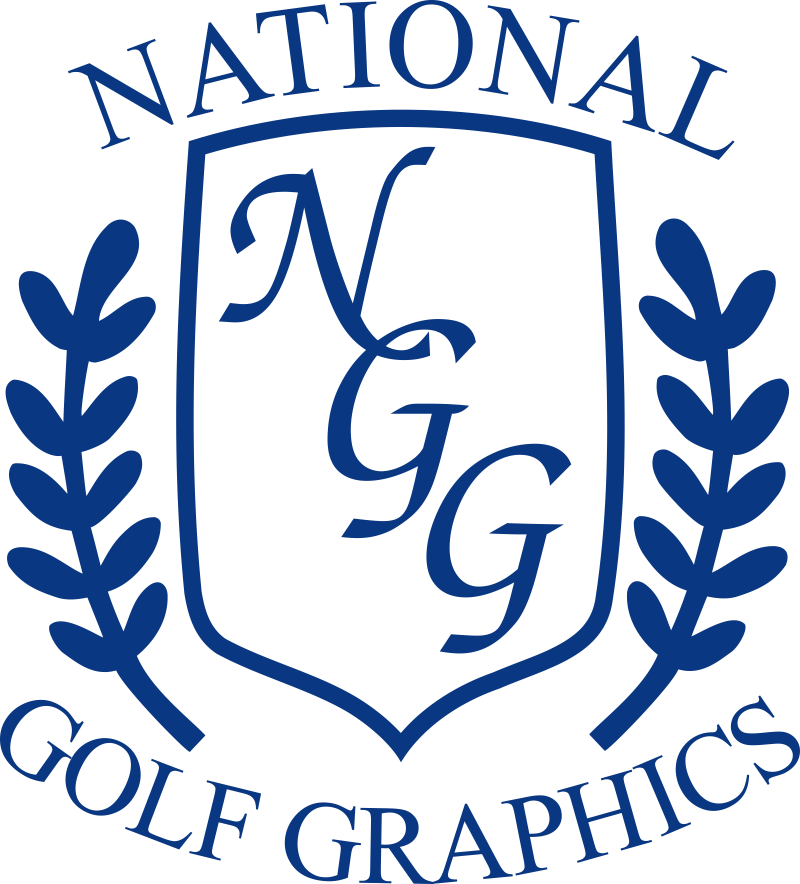
It depends
Here’s a question we get quite often… “I’m interested in cast aluminum signs and markers, but will they hold up on my golf course?” Well, the answer is “it depends”. What are your products up against? Are you near an ocean, where the air is saltier than an old man in a sauna? Are there caustic elements coming from your irrigation system? Is there blowing sand on your course that can quickly tear away at any clear coat your product may use? The good news is that there are products made from aluminum that are better equipped to handle the harshest of conditions. The key is to understanding what kind of aluminum you’re purchasing.
Like “bronze” (see our recent post on bronze), aluminum is an alloy, and therefore it’s made up of a combination of elements. It’s in this detail that all the difference is made, yet a detail most providers in the golf industry know little or nothing about.
The majority of aluminum signs and markers sold to the golf industry are made from a material called Aluminum Alloy 356, a perfectly fine material for perfectly fine conditions. But, if your products are up against any of the more challenging conditions I described in the paragraph above, your Alloy 356 is in for a battle it just can’t win. Its “looks” will be the first thing to go, and then it’s body will just deteriorate over time in the salty air. Even the best clear coats eventually weather away under caustic conditions, and it’s at that point buyers regret not having purchased a marine-grade material underneath.
So, is there an aluminum alloy that can stand up to these harsh conditions?
Well, let’s first accept the fact that there are very few materials of any kind that can remain unaffected when mother nature flexes her muscles. However, aluminum alloy Almag 535 (also known as ‘Almag 35’) can certainly put up a fight. Almag 35 IS a marine-grade metal, and has received the highest rating (1 out of 5 with 1 being the highest possible rating) for both corrosion-resistance and polish according to the Aluminum Association Standards 2017 report. Conversely, Alloy 356 received a 2 out of 5 for corrosion-resistance, and a 4 out of 5 for polish. It’s for this very reason that National Golf Graphics exclusively works with Almag 35 when casting aluminum signs and markers for the golf industry.
Almag 35 versus Alloy 356*
Scored on a scale of 1 to 5 (with 1 being the highest possible score)
Almag 35 | Corrosion Resistance: 1 / Polish: 1
Alloy 356 | Corrosion Resistance: 2 / Polish: 4
Bottom line, know what you’re ordering when you invest in metal products for your facility. The products may fall under the same name in the catalogs, but the properties can be very different. And, it’s the properties that make all the difference. The next time you consider metal products, be sure to ask your provider exactly what kind of metal they’re providing. Signs and markers can be a big investment of both your time and money, so choose wisely. It’s our belief that the best consumer is an informed consumer, so we hope you feel a bit more informed for having read this post. If you have any thoughts on the article, please feel free to share your comments or contact us directly at 1-877-710-9363.
*according to Aluminum Association Standards Report
